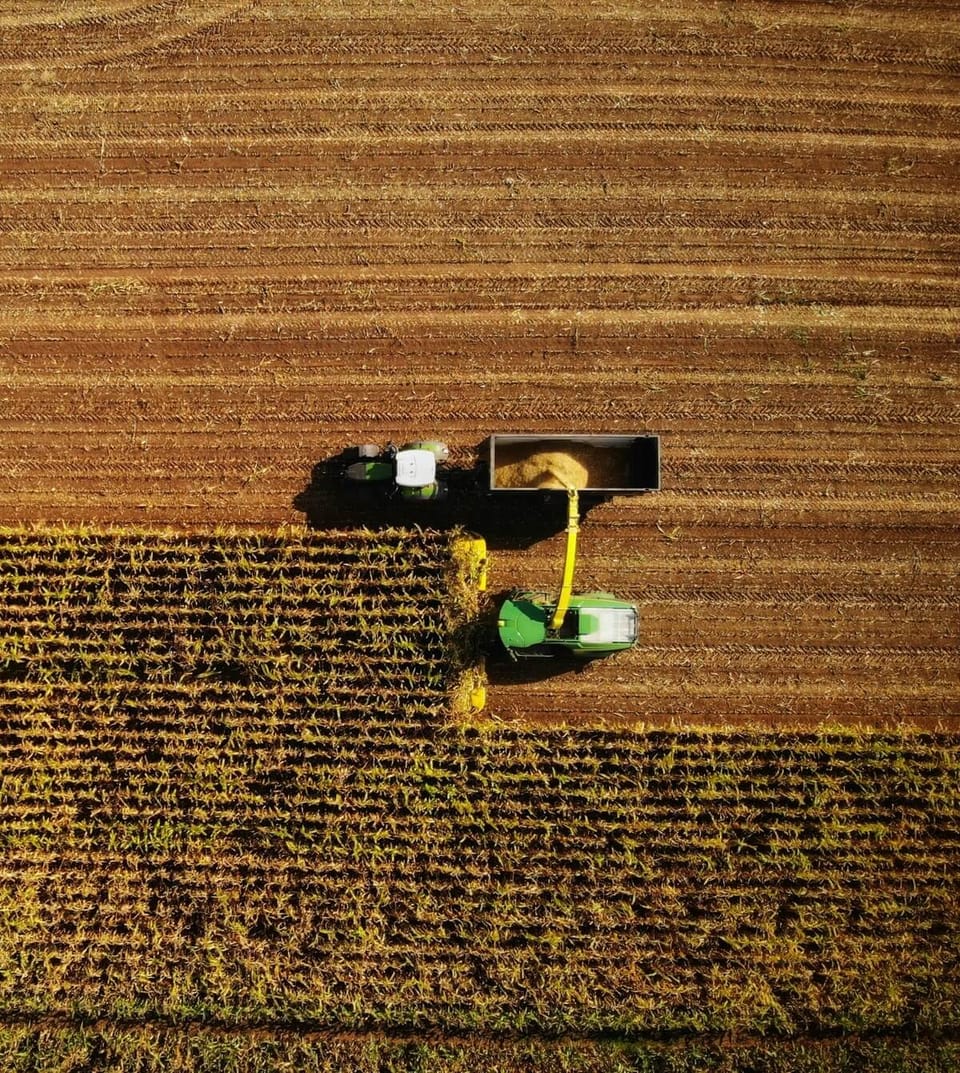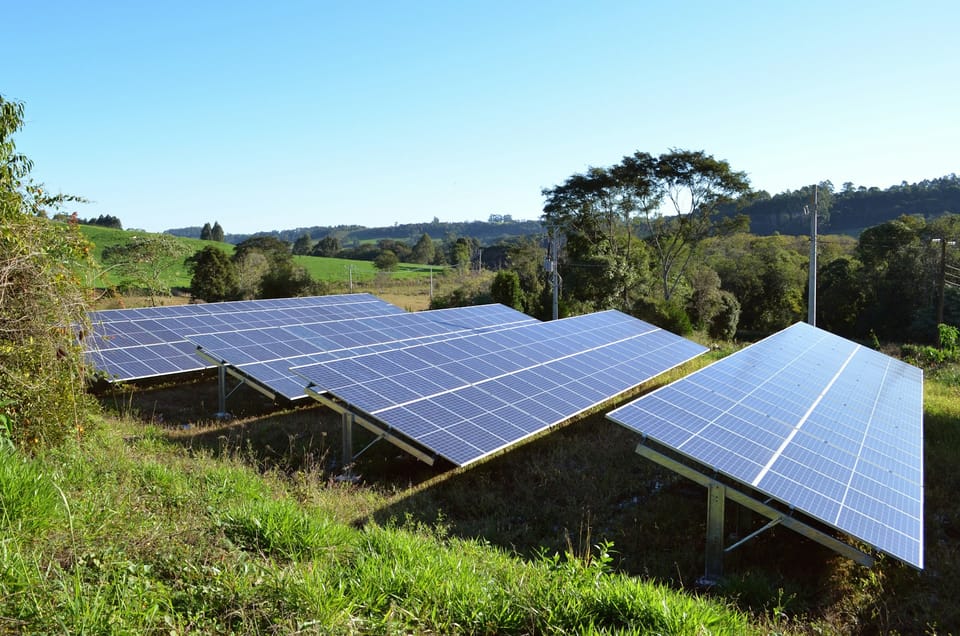What Is Deforestation?
Deforestation is the large-scale removal of forests, often for agriculture or development. This article breaks down its causes, consequences, and global impact—along with solutions for a more sustainable future.
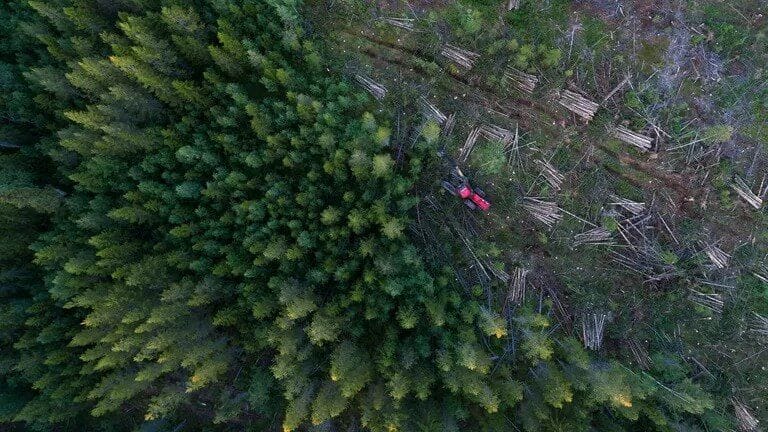
Deforestation occurs when forests are converted—typically through logging, natural disasters, wildfire, and mining—to non-forest uses, often agriculture, logging, road construction, and urban development.
It is estimated that 34% of the planet’s tropical rainforests have been completely destroyed from deforestation, leaving just 36% of tropical rainforests intact and 30% partially degraded.
Deforestation Definition
Simply put, deforestation refers to the purposeful clearing of forested land with the intention of converting that land into non-forest uses like farms or development.
Technically speaking, a “forest” covers over 0.5 hectares of land (about 1.24 acres) and has trees that are higher than 5 meters (about 16 feet) with a canopy cover of more than 10%. A forest can also include areas with younger trees that are expected to reach a canopy cover of at least 10% and a height of 5 meters.
Deforestation is different from forest degradation, which occurs when a forest continues to exist but has lost its capacity to provide quality ecosystem services like carbon storage or goods and services to people or nature. Forest degradation can be driven by overgrazing, demand for wood products, fires, pests or disease, and storm damage.
Large-scale commercial agriculture continues to be the main driver of deforestation, primarily for cattle ranching and soy, rubber, or palm oil cultivation. Another cause of deforestation is fires, which can occur due to either natural causes like lightning and drought or be man-made. Often, fire is purposefully used to convert forests into areas for agriculture.
Scientists have been able to use satellite-based forest monitoring technology to locate where and why deforestation is happening. A study in 2018 found that 27% of all forest loss is caused by permanent land use change for the production of commodities (essentially, land to grow long-term commercial crops). Even worse, the researchers discovered that the drivers for deforestation remained constant throughout the 15-year study period, suggesting that corporate agreements to curb deforestation may not be working in certain places.
Forests provide habitats for 80% of the world’s amphibian species, 75% of bird species, and 68% of mammal species, while 68% of all vascular plants are found in tropical forests alone.
According to the UN Food and Agriculture Organization's 2020 State of the World’s Forests report, we’ve lost about 420 million hectares of forests through conversion to other land use since 1990. Though that number is believed to be decreasing, over 100 million hectares are also negatively affected by fires, pests, diseases, invasive species, drought, and adverse weather events.
Why Is Deforestation a Problem?
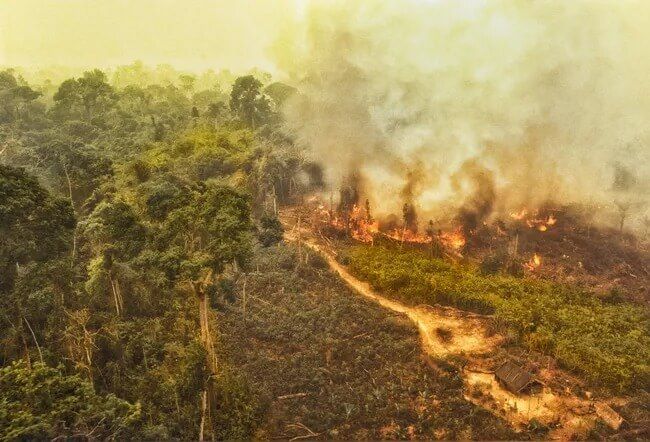
Since forests act as carbon sinks, basically soaking up carbon dioxide (CO2) and other greenhouse gases from the atmosphere that would otherwise contribute to climate change, they hold a large of the Earth’s total carbon reserves.
Roughly 2.6 billion tons of CO2 are absorbed by forest ecosystems each year, and while forests cover 31% of global land area, more than half of the world’s forests are found in just five countries: Brazil, Canada, China, Russia, and the United States.
In 2020, Europe, North and Central America, and South America housed two-thirds of the total global forest carbon stock—662 gigatons of carbon.
This means that when trees are cut down or burned, they emit carbon rather than absorb it, adding to the same rising temperatures and irregular weather patterns they’re designed to curtail. The vicious cycle continues when species that rely heavily on forest ecosystems as a source of habitat and food are displaced due to climate change in addition to deforestation.
The alarming rate at which forests are being destroyed contributes greatly to our planet’s ongoing loss of biodiversity. Scientists estimate that an average of 25% of animal and plant species are currently threatened, suggesting that around 1 million species are already facing extinction (many within decades). According to the International Union for Conservation of Nature, at least 80% of the world's land-based biodiversity lives in forests, everything from the smallest insects and the largest elephants to boreal flowers and towering redwood trees.
It isn’t just wildlife that suffers when deforestation occurs. Forests play a significant role in the global economy, directly supporting some 13.2 million people across the globe with jobs in the forest sector (and another 41 million in jobs that are indirectly related to the sector). According to the World Wildlife Fund, around 750 million people—or one-fifth of the world’s total rural population—live in forests, including 60 million Indigenous people.
Forest ecosystems also contain a majority of the 28,000 plant species recorded as being of medicinal use as of 2020 and help maintain a proper balance between water cycles, decrease soil erosion, and purify the air.
Deforestation Around the World
The UN Strategic Plan for Forests 2017-2030 provides a global framework to sustainably manage all types of forests in an effort to stop deforestation on a global scale. As of 2020, seven countries have reported reduced deforestation to the United Nations (UN) Framework Convention on Climate Change and the rate of deforestation reduced from 16 million hectares per year in the 1990s to 10.2 million hectares per year between 2015 and 2020.
However, just because deforestation has decreased overall since the 1990s doesn’t mean the threat is dwindling. According to data from the Global Forest Watch, an online platform that monitors the state of the world’s forests, average deforestation per year has increased since the program began in 2001. Losses were most severe in humid tropical forests such as the Amazon and the Congo (which represent a significant source of carbon storage and biodiversity), amounting to 4.2 million hectares of forest—an area roughly the size of the Netherlands. Primary forest loss in Brazil increased by 25% between 2019 and 2020, while total tree loss in the tropics increased by 12%.
The deforestation surge is not an isolated incident. Places that were originally made up almost entirely of forests have been experiencing sharp increases in deforestation for decades. Nigeria, for example, has lost 14% of its forests from 2002 to 2020, while places like the Philippines have experienced a 12% deforestation rate during that time.
Can Deforestation Be Reversed?
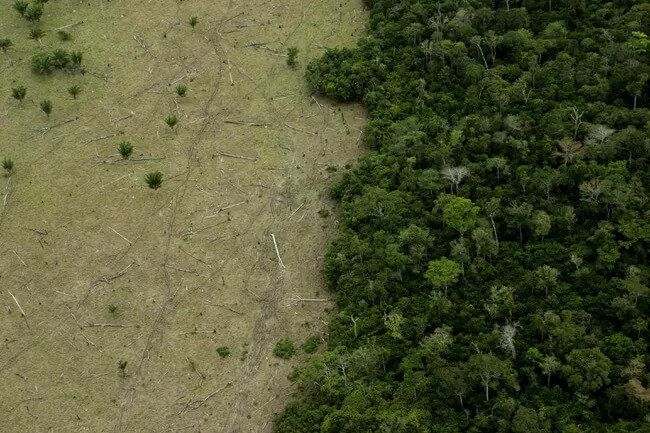
There are a couple of ways to combat deforestation, many of which are currently being utilized by some of the world’s greatest researchers and conservationists.
Engagement With Local Governments and Producers
Engaging with local governments to create sustainable forest conservation laws, and engaging with farmers and other agriculture producers can help find a middle ground that benefits all parties.
The World Wildlife Fund’s REDD+ program (Reducing Emissions from Deforestation and Degradation) offers financial initiatives to developing countries that have created and implemented strategies to manage their forests responsibility. The program has allocated $10 billion over the past decade with money from governments in the developed world and the private sector thanks to the global climate negotiations.
The IUCN’s Restoration Opportunities Assessment Methodology (ROAM) is a global framework currently being applied by over 30 countries to assess the extent of deforested and degraded landscapes in their local areas. ROAM assists governments on forest landscape restoration techniques to reverse the effects of deforestation and help meet national and international goals on deforestation while regaining the ecological, social, environmental, and economic benefits of forests.
Sustainable Land Management
Factoring forests into decisions about infrastructure and influencing policies can also help put a stop to harmful deforestation, as can creating guidelines for limiting the number of trees that are cut down.
Initiatives like the Forest Stewardship Council indicate wood and paper products that come from sustainably managed forests aimed at preserving biological diversity and benefiting the lives of local people.
Forest Conservation Areas
Ensuring the continued funding and support of forest conservation areas and their management through methods like sustainable ecotourism may also help in the fight against deforestation in some areas.
Costa Rica is a good example of this; According to Conservation International, Costa Rica was able to double its forest cover over 30 years, all while doubling its population and tripling its per capita Gross Domestic Product. The country restored its forests by establishing protected areas, implementing ecosystem services programs, prioritizing ecotourism, and highlighting renewable energy sources.
What Can You Do to Prevent Deforestation?
- Go paperless as often as possible in the home and office.
- Look for the certified Forest Stewardship Council (FSC) label when purchasing wood and paper products to ensure they’ve come from sustainably managed forests.
- Support organizations like One Tree Planted which build networks of individuals, businesses, and schools that help plant trees around the world.
- Avoid using products with palm oil or look for products that include sustainably harvested palm oil.
- Look for secondhand or thrifted wooden furniture instead of purchasing new.
- Support companies that are doing the most to stop deforestation.




